Shift Towards Sustainable Products
Sustainability has emerged as a pivotal driver within the Outdoor Living Product Market. Consumers are increasingly inclined to purchase eco-friendly products that minimize environmental impact. This shift is evidenced by a growing number of manufacturers who are adopting sustainable practices, such as using recycled materials and reducing carbon footprints in production. Market analysis indicates that the demand for sustainable outdoor living products has risen by approximately 30 percent over the past few years. This trend not only reflects consumer preferences but also encourages innovation within the industry, as companies strive to meet the evolving expectations of environmentally conscious buyers.
Increased Focus on Home Improvement
The Outdoor Living Product Market is significantly influenced by the ongoing trend of home improvement. As homeowners prioritize enhancing their living spaces, outdoor areas are increasingly viewed as vital components of their properties. Reports suggest that the home improvement market has seen a steady growth rate of around 5 percent annually, with outdoor living products comprising a substantial segment of this growth. This trend is likely to continue, as consumers invest in durable and stylish outdoor furnishings, fire pits, and other amenities that elevate their outdoor experiences, thereby driving demand within the Outdoor Living Product Market.
Growing Popularity of Outdoor Entertaining
The Outdoor Living Product Market is witnessing a growing trend towards outdoor entertaining, which is influencing consumer purchasing behavior. As more individuals seek to host gatherings and events in their outdoor spaces, there is an increased demand for products that facilitate outdoor entertainment, such as grills, outdoor seating, and dining sets. Recent surveys indicate that nearly 60 percent of homeowners plan to invest in outdoor entertaining products in the coming year. This trend is likely to drive market growth, as consumers prioritize creating inviting and functional outdoor environments that cater to social interactions.
Rising Consumer Interest in Outdoor Spaces
The Outdoor Living Product Market experiences a notable surge in consumer interest towards enhancing outdoor spaces. This trend is driven by a growing recognition of the benefits associated with outdoor living, such as improved mental well-being and increased social interaction. Recent data indicates that approximately 70 percent of homeowners express a desire to invest in outdoor living enhancements, which includes products like patio furniture, outdoor kitchens, and landscaping solutions. This heightened interest is likely to propel the market forward, as consumers seek to create functional and aesthetically pleasing outdoor environments that serve as extensions of their homes.
Technological Advancements in Outdoor Living
The integration of technology into outdoor living spaces is reshaping the Outdoor Living Product Market. Innovations such as smart outdoor lighting, automated irrigation systems, and outdoor entertainment systems are becoming increasingly popular among consumers. Data suggests that the market for smart outdoor products is projected to grow at a compound annual growth rate of 12 percent over the next five years. This technological evolution not only enhances the functionality of outdoor spaces but also appeals to tech-savvy consumers who seek convenience and efficiency in their outdoor living experiences.


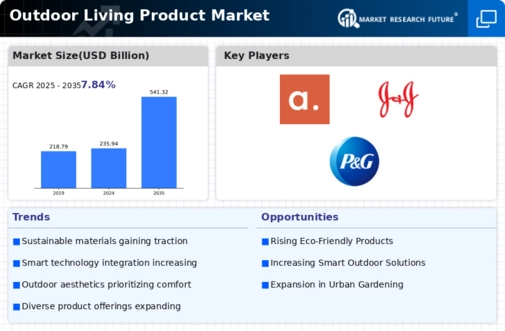

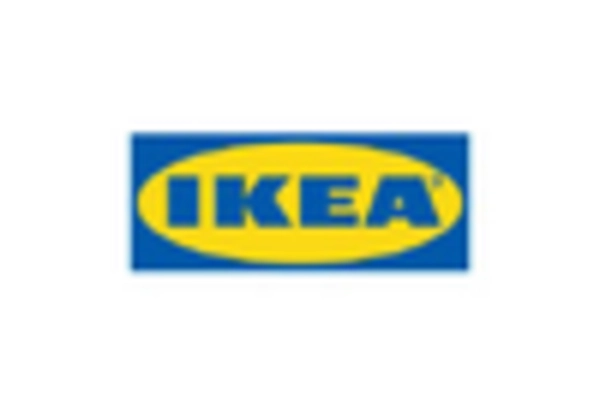
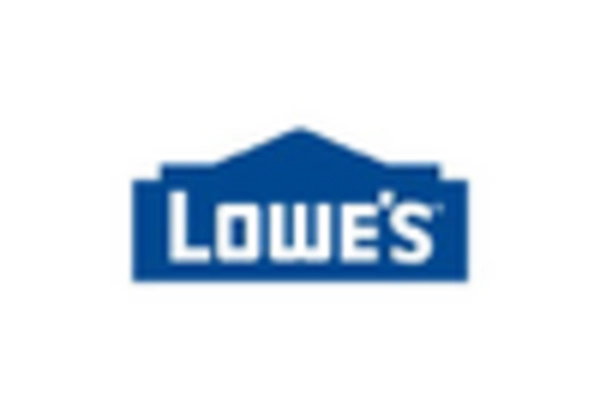
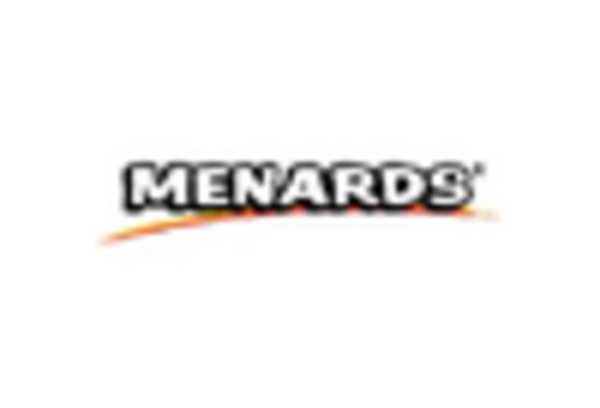
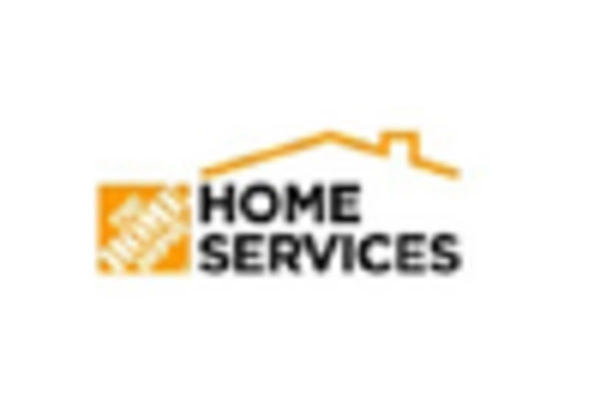
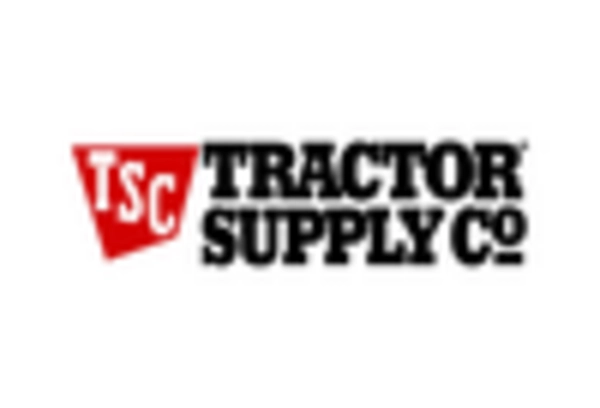








Leave a Comment